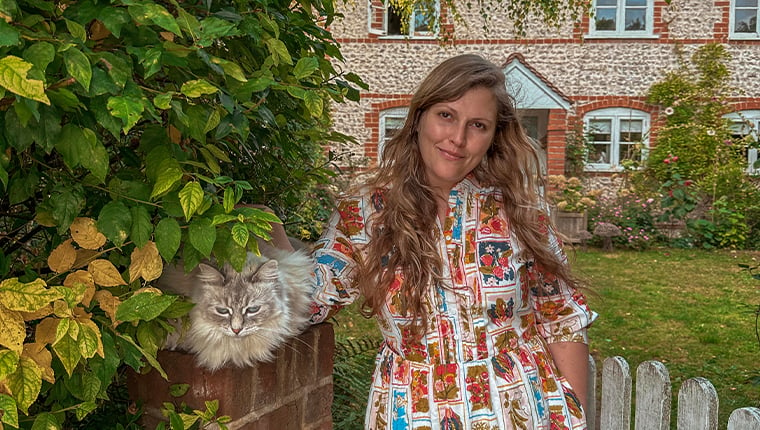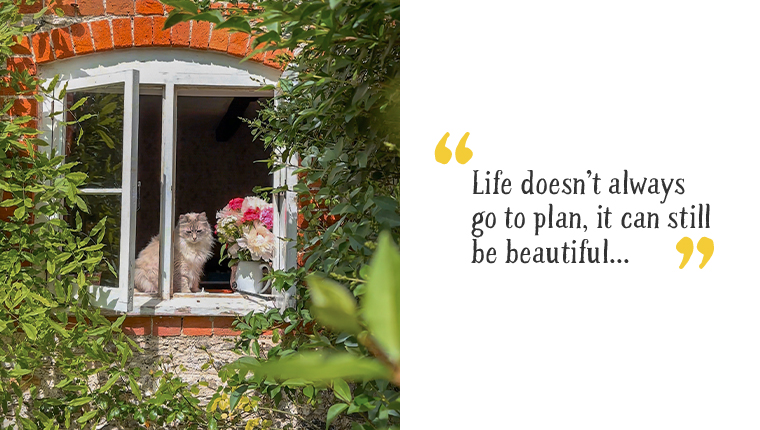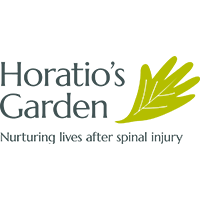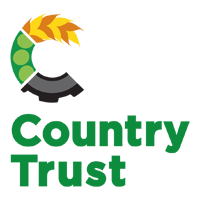Finding strength in the garden

Living with Ehlers-Danlos Syndrome & Autonomic Dysfunction
Influencer and regular garden visitor Lucy Mantle talks to us about how she found peace in the garden in the wake of a life changing diagnosis.
In 2022, everything changed. It was the year I became a mother, welcoming my beautiful daughter into the world, it was the year I married my best friend, and it was the year I also faced a challenge I hadn’t expected.
Slowly over several months, my body began to struggle in ways that I couldn’t ignore. It felt like I was breaking and damaged, and after many questions and uncertainty I was diagnosed with Ehlers-Danlos Syndrome (EDS) and Autonomic Dysfunction (AD). These conditions stopped me in my tracks. I realised I had to do something, slow down and learn a new way of living.
EDS affects my connective tissues, making my joints unstable and causes daily pain. My body works in overdrive to keep things stable, while on the inside my organs and joints are flopping around like a snowdrop in the breeze.
AD impacts my nervous system and automatic functions. Things I’d taken for granted like heart rate, blood pressure, and digestion were all slowly becoming challenging with heart palpitations, fainting and stomach pain.
Tasks that once felt simple suddenly required thought and care, and there are days I’m just unable to do anything productive. But if there’s one thing that becoming a mother taught me, it’s that even in difficult moments we should never give up and there is always something positive and beautiful to turn to.

As I adjusted to life with EDS and AD, I found myself drawn more and more to my garden. It became my space to breathe, to think, and to reconnect with myself without feeling pressure from the outside world. I could feel at ease planting a seed and knowing that, with love and care, it would turn into something beautiful. There’s something incredibly grounding about watching that growth, no matter your circumstance.
Some days I can dig, plant, and spend hours outside, and other days I can only sit with a cup of tea, enjoying the baby birds chirping in their nest or watching the bees buzz happily past, in the little world that I’ve created out of love. On the days my body doesn’t let me rush, dig deep with a spade or lug bigger plants around, the garden reminds me that growth isn’t about speed or strength but consistency.
My family are all part of this journey and help when called upon. Our dog, Hazel, is my constant companion, trotting beside me as I tend to the plants. Our cats are usually found sunning themselves nearby or snuggling in my lap as I press flowers or simply just sit. More recently our little cottage garden has two new residents, our chickens who get me outside on drizzly days and keep us laughing at their little clucks from the garden.
Having our daughter grow up surrounded by nature, animals, and teaching her from a young age to love our world and take things slowly is something I cherish. She already loves helping with watering and picking flowers, and there’s a special kind of magic watching her discover the world through the garden, whether it’s the wiggly worms, the butterfly breezing past or her telling us the flowers are planted by fairies she pictures around the garden.
Recently we decided to take an exciting step forward and acquired a paddock! It’s a big brambly mess at the moment, full of possibilities. Whatever it becomes, I know it will be shaped by love, patience, and the same deep connection to nature that has carried me through so much already.
Living with EDS and AD means I have to listen to my body, just as I listen to the changing seasons in the garden. Some days are for planting seeds, and some are for simply watching them grow!
So here’s my little reminder that whilst life doesn’t always go to plan, it can still be beautiful and full of joy and happiness. Through the challenges, the changes, and the unexpected twists, I have found peace in the garden in my own way. It has taught me resilience, patience, and most importantly, love and understanding are what really matter.
Follow Lucy @hercountryliving for lovely country garden content
This story was originally published in the 2025 Little Yellow Book of Gardens and Health – to read it click here


















